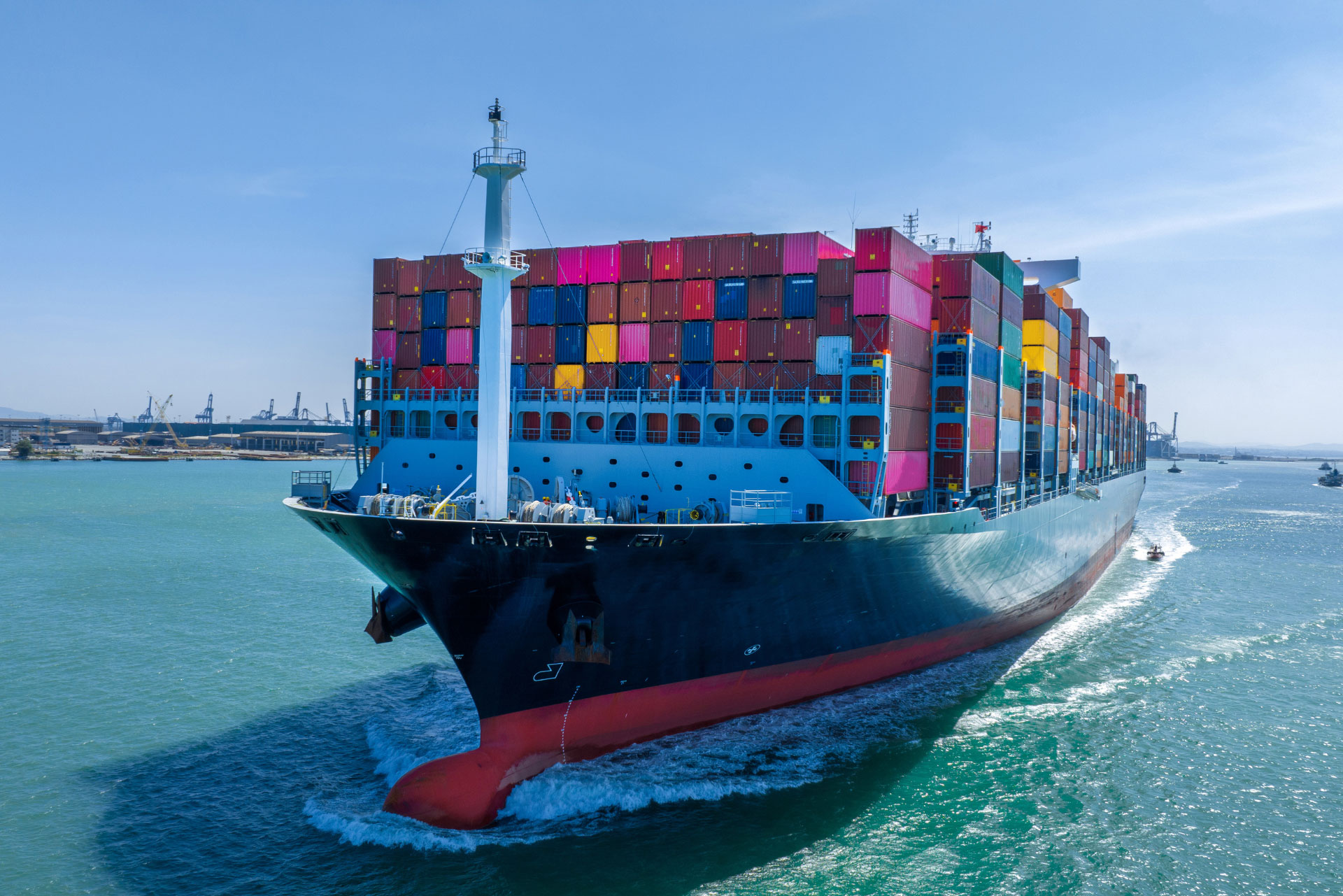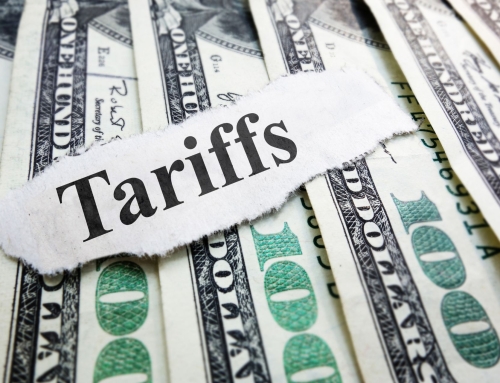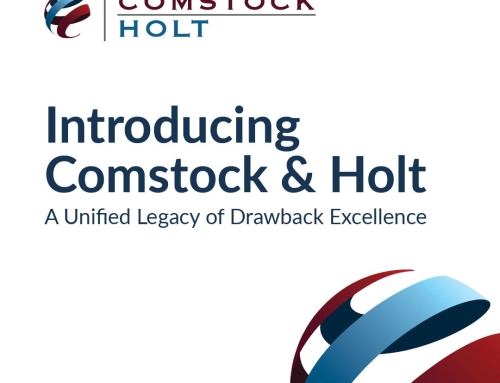Who is Eligible for Duty Drawback? An Expert Guide
U.S. companies pay billions of dollars each year in import duties, taxes, and fees. Many don’t realize that a significant portion of those costs may be recoverable through the duty drawback program. Administered by U.S. Customs and Border Protection (CBP), drawback refunds up to 99% of duties on imported goods that are subsequently exported, destroyed, or used in manufacturing for export.
The first question many businesses ask is: Who is eligible for duty drawback? The answer is broader than most think. From importers and exporters to manufacturers and even companies that destroy unsellable goods, a wide range of organizations can qualify. This guide explores the categories of eligibility, offers industry examples, and highlights the documentation required to take advantage of this valuable program.
Understanding Duty Drawback
Duty drawback is a long-established program designed to make U.S. businesses more competitive globally. By refunding duties that don’t ultimately support domestic consumption, drawback helps reduce costs and level the playing field for U.S. exporters.
There are three primary categories of drawback:
- Unused Merchandise Drawback: Merchandise imported or substituted with imported merchandise that is later exported.
- Manufacturing Drawback: Imported materials or components that are used in U.S. manufacturing and then exported.
- Rejected Merchandise Drawback: Imported merchandise that is defective, nonconforming, or unsellable and are returned to the foreign supplier or destroyed.
Who is Eligible for Duty Drawback?
Eligibility for duty drawback extends across different parties in the supply chain, including:
1. Exporters
Drawback rights default to the exporter (or destroyer, as mentioned below). Companies may import the product themselves, but can also purchase imported merchandise within the U.S. and then export, even if they didn’t originally import the goods. If they are not the importer, they will require a transfer of merchandise containing details of the imported products.
2. Importers
Importers of record who pay duties on goods that are later exported or destroyed are the most common claimants. For example, an apparel importer who brings in fabric from overseas and later exports unsold clothing may qualify for refunds. If the importer is not the exporter, the Exporter of Record will need to provide a waiver of drawback rights back to the importer.
3. U.S. Manufacturers
Manufacturers benefit significantly from drawback. If imported inputs are used in the production of goods that are ultimately exported, the manufacturer may claim refunds on the duties originally paid. Consider:
- Automotive: Importing electronic components that go into cars assembled in the U.S. and exported abroad.
- Pharmaceuticals: Importing active ingredients for medicines produced domestically and sold internationally.
- Electronics: Using imported semiconductors in devices manufactured and exported from the U.S.
4. Destroyers of Merchandise
Not every product makes it to market. Companies may destroy imported goods because of damage, expiration, or obsolescence. When done under CBP supervision, these destroyed goods can qualify for drawback, allowing companies to recover part of their sunk costs.
Documentation and Recordkeeping
Eligibility alone is not enough. To support a claim, companies must maintain detailed records that link imports and exports. These may include:
- Import entries and proof of payment of duties, taxes and/or fees
- Export documentation such as bills of lading
- Manufacturing records that connect imported inputs to finished products
- Export waivers or transfers of merchandise certification and details when drawback rights are assigned to someone else within the supply chain
Because drawback claims can span multiple years, accurate and organized recordkeeping is essential.
Industries That Commonly Benefit from Drawback
While any importer or exporter may be eligible, some industries see particularly strong opportunities for recovery:
- Automotive: High-value imports of parts and raw materials used in global supply chains.
- Apparel & Textiles: Imported fabrics, trims, and finished garments that are later exported.
- Electronics: Components like semiconductors, circuit boards, and displays assembled into exported goods.
- Pharmaceuticals & Chemicals: Imported ingredients used in formulations manufactured for overseas markets.
- Food & Beverage: Specialty ingredients brought in from abroad for products later sold internationally.
How Comstock Can Help
As one of the largest drawback filers in the United States, Comstock has over a century of experience guiding companies through the complex process of identifying eligibility, preparing claims, and maintaining compliance with CBP requirements. Whether you’re an importer seeking refunds on unused merchandise, a manufacturer exporting finished products, or an exporter leveraging import transfers, Comstock’s knowledgeable team can provide the insight and support needed to maximize your recovery. Connect with our team to learn more about how duty drawback could benefit your operations.






